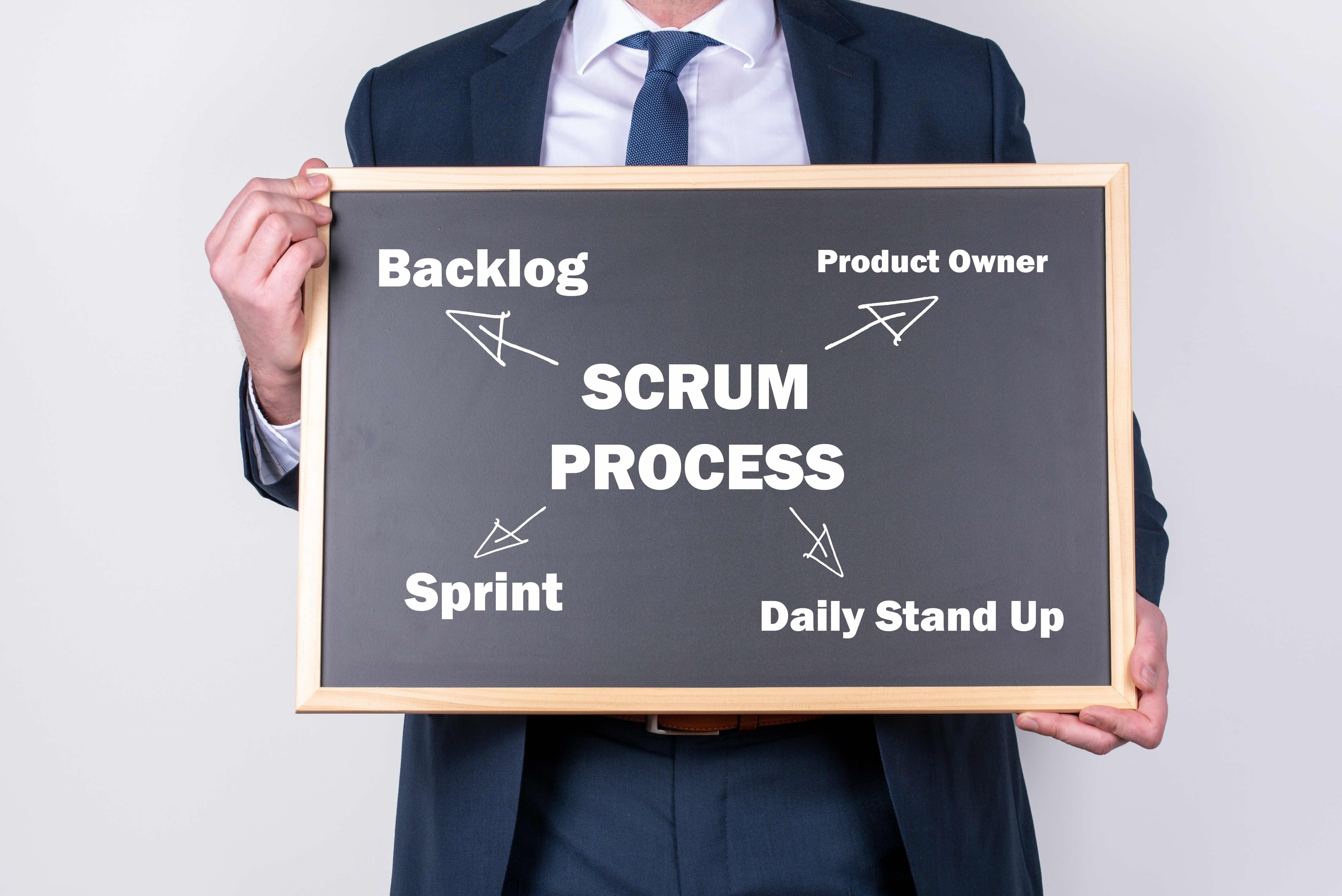How to Run Effective Stand-ups: Keep Your Team Aligned and Engaged
Introduction: The Daily Stand-up Dilemma
It’s 9:30 AM, and your team stands in an awkward circle. Someone is detailing every commit they made yesterday, another is half-listening while checking Slack, and you’re mentally preparing for another stand-up that feels like a waste of time. Sound familiar?
Daily stand-ups are a core ritual in Agile and Scrum teams. When done right, they help teams align, surface blockers, and improve sprint execution. But if run poorly, they turn into long, unproductive status meetings. Let’s explore how you can turn stand-ups into a productive, engaging team habit.
The Purpose of a Stand-up (And What It's Not)
Picture this: The sprint is coming to an end, and the team is confident about hitting their deadline. But just two days before release, an engineer casually mentions that a critical backend API won’t be ready for another week. Panic sets in. How did no one catch this earlier? This is exactly where a stand-up should help.
Now, imagine if the team had surfaced this dependency a week earlier. Instead of last-minute chaos, they could have adjusted priorities and mitigated delays. A stand-up is a brief and structured checkpoint to ensure alignment, identify blockers, and foster collaboration.
What a Stand-up IS:
- A short, focused meeting (~15 minutes max)
- A way to surface blockers early
- A team alignment tool, not just an individual status report
- A forum to encourage collaboration and accountability
What a Stand-up IS NOT:
- A detailed project update
- A problem-solving session
- A substitute for deeper discussions (those should be taken offline)
When done right, stand-ups ensure transparency, foster communication, and keep work flowing smoothly.
The Classic Stand-up Format (And How to Improve It)
Lucy’s team held their daily stand-up, but something felt off. Each person gave a mechanical update: “Yesterday, I worked on the API, today I’ll keep working on it. No blockers.” No discussion, no energy—just a repetitive routine. Lucy knew something had to change.
The traditional stand-up follows three basic questions:
- What did you do yesterday?
- What will you do today?
- Are there any blockers?
While this structure works in theory, it can quickly become repetitive and disengaging—just like Lucy’s experience. Here’s how to make it more impactful.
Rotate the Facilitator for More Engaging Stand-ups
Instead of having the same person run stand-ups every day, rotate the facilitator role among team members. This keeps engagement high and builds leadership skills across the team.
Why It Works:
- Develops leadership and communication skills – Each member gains experience in facilitation.
- Breaks routine and keeps energy high – Different facilitation styles bring fresh perspectives.
- Increases team accountability – Encourages active participation instead of passive updates.
How to Implement:
- Assign a new facilitator each sprint or week – Keep a rotation schedule.
- Give light guidelines – Encourage facilitators to keep meetings short and interactive.
- Experiment with styles – Some facilitators may introduce icebreakers, quick wins, or new engagement formats.
By rotating facilitators, teams ensure stand-ups remain dynamic, engaging, and goal-focused.
Making Stand-ups More Impactful
Instead of treating it as a task update, make it goal-oriented:
- What progress did we make towards our sprint goal?
- What’s the most important thing we need to accomplish today?
- What risks or dependencies should we be aware of?
Common Stand-up Pitfalls (And How to Fix Them)
Pitfall 1: Stand-ups Drag On Forever
Solution: Timebox the meeting to 15 minutes max. If discussions go too deep, take them offline after the stand-up.
Pitfall 2: People Are Zoned Out or Multi-Tasking
Solution: Keep engagement high by rotating facilitators, setting clear expectations, and encouraging active participation.
Pitfall 3: No One Talks About Blockers
Solution: Normalise sharing blockers by asking, “Is there anything stopping you from making progress today?” Encourage problem-solving after the stand-up.
Pitfall 4: It’s Just a Status Report for the Manager
Solution: Make the stand-up for the team, not just leadership. Encourage discussions: “Who can help resolve this issue?” or “Does anyone have insights on this?”
Remote and Hybrid Stand-up Best Practices
When Sarah’s team first switched to remote work, their stand-ups became a mess. Some team members barely spoke, while others turned it into a lengthy status update. Without in-person cues, conversations felt forced, and by the end, no one was really sure if the meeting had helped at all.
How to Optimise Remote Stand-ups:
- Use async updates (Slack, Teams) if time zones are an issue.
- Keep video on where possible to maintain engagement.
- Encourage concise updates—avoid rambling.
- Use a shared task board (Jira, Trello, etc.) for visibility.
- Summarise key takeaways in a Slack channel for reference.
Conclusion: Keep Stand-ups Useful, Not Painful
Improving stand-ups is a team effort. Small improvements—like rotating facilitators, keeping updates concise, or addressing blockers early—can transform stand-ups into a valuable daily ritual. Make one small change this week and notice how your team responds—it might surprise you.


